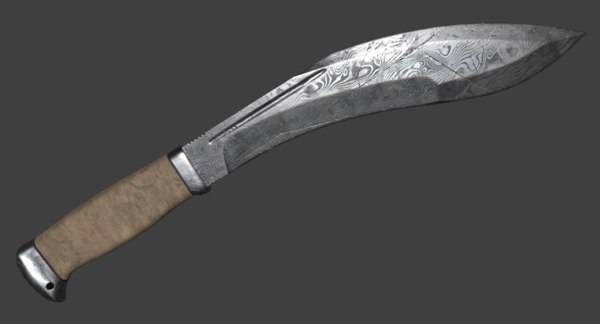
Breaking News
 The U.S. Just Launched a Secret Dollar Empire (And Nobody Noticed)
The U.S. Just Launched a Secret Dollar Empire (And Nobody Noticed)
 Tom Bilyeu: Young Men Are Snapping -- This Cultural Rebellion Is Going to Get Ugly
Tom Bilyeu: Young Men Are Snapping -- This Cultural Rebellion Is Going to Get Ugly
 Most Economists Still Don't Understand How Inflation Is Destroying our Economy
Most Economists Still Don't Understand How Inflation Is Destroying our Economy
 Should You Rent Or Buy Farmland?
Should You Rent Or Buy Farmland?
Top Tech News
 This tiny dev board is packed with features for ambitious makers
This tiny dev board is packed with features for ambitious makers
 Scientists Discover Gel to Regrow Tooth Enamel
Scientists Discover Gel to Regrow Tooth Enamel
 Vitamin C and Dandelion Root Killing Cancer Cells -- as Former CDC Director Calls for COVID-19...
Vitamin C and Dandelion Root Killing Cancer Cells -- as Former CDC Director Calls for COVID-19...
 Galactic Brain: US firm plans space-based data centers, power grid to challenge China
Galactic Brain: US firm plans space-based data centers, power grid to challenge China
 A microbial cleanup for glyphosate just earned a patent. Here's why that matters
A microbial cleanup for glyphosate just earned a patent. Here's why that matters
 Japan Breaks Internet Speed Record with 5 Million Times Faster Data Transfer
Japan Breaks Internet Speed Record with 5 Million Times Faster Data Transfer
 Advanced Propulsion Resources Part 1 of 2
Advanced Propulsion Resources Part 1 of 2
 PulsarFusion a forward-thinking UK aerospace company, is pushing the boundaries of space travel...
PulsarFusion a forward-thinking UK aerospace company, is pushing the boundaries of space travel...
 Dinky little laser box throws big-screen entertainment from inches away
Dinky little laser box throws big-screen entertainment from inches away
 'World's first' sodium-ion flashlight shines bright even at -40 ºF
'World's first' sodium-ion flashlight shines bright even at -40 ºF
Legendary Damascus steel 3D printed by varying temperature of layers

If you want to make a far-away look of longing come into a medieval sword enthusiast's eyes, just mention Damascus steel. Originally referring to a kind of steel made from ingots of Wootz steel that came from India over two thousand years ago and was manufactured or traded in Damascus, it now refers to a whole class of steel marked by sinuous, wavy, light and dark banding patterns that resemble flowing water.
Because Wootz steel is no longer available, making true Damascus steel is now a lost art, but not for the want of many scientists and craftsmen trying to reverse-engineer the existing examples. However, the basic idea behind it is very well understood and if you go to a modern Renaissance faire you're likely to find many reproduction blades of surprisingly high quality for sale at the swordsmith's booth.
A Damascus steel blade is made by taking bands of iron and steel, heating them to red hot, and twisting them together. Then the smith hammers them out, reheats, retwists, and rehammers until the intricate, flowing pattern emerges. The result is a worked steel that the smith can control the properties of by controlling the carbon content, creating a tough, flexible steel for a sword's core and then welding on another steel that's been worked to be stiff and hard and can be sharpened to form the blade edges.



